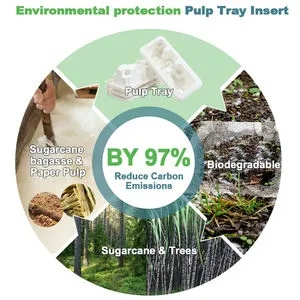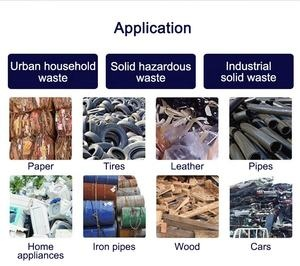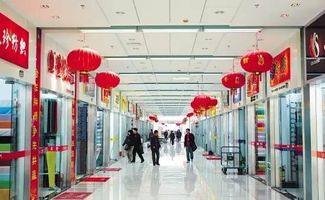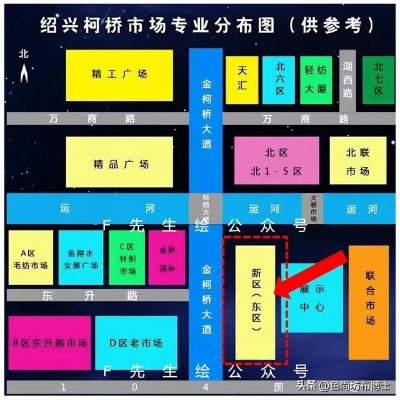The Repurposing of Waste Textiles:A Comprehensive Report
: Repurposing of Waste Textiles: A Comprehensive Report,Abstract:,This report explores the innovative use of waste textiles as a sustainable and eco-friendly alternative to traditional materials. By leveraging the abundant resources of textile scraps, we aim to reduce waste generation and promote circular economy principles. The report provides a comprehensive overview of various repurposing techniques, including upcycling into new products, transforming them into energy sources, and creating biodegradable materials. We also discuss the economic benefits of this initiative, highlighting its potential to stimulate local economies and drive innovation in the textile industry. Through case studies and market analysis, the report demonstrates the practical application of these strategies and their potential for widespread adoption. Overall, the report highlights the importance of adopting a circular approach to resource management and promoting responsible consumption habits.
Introduction: In the quest for sustainable living, the concept of circular economy has gained traction. This model advocates for a system where waste is minimized and resources are reused or recycled to create new products. One area where this philosophy can be particularly effective is in the textile industry, where the production of clothing and other textiles often results in large amounts of discarded fabric. In this report, we will explore the potential of repurposing these materials into new products, reducing waste while creating value.
I. Overview of the Textile Industry's Waste Stream Textile waste comprises a significant portion of municipal solid waste, with estimates suggesting that up to 20% of all textile production ends up as waste. This includes both the raw materials used in the manufacturing process (such as polyester and cotton) and the final product scraps.
II. Benefits of Repurposing Textiles Repurposing textiles offers numerous benefits, including:

- Reducing waste: By reusing or recycling textiles instead of throwing them away, we can significantly reduce the amount of waste generated.
- Saving resources: The production of new textiles requires significant amounts of water, energy, and raw materials. Repurposing waste reduces these demands.
- Providing job opportunities: The textile industry generates millions of jobs worldwide, and many of those jobs involve the processing and reuse of textile waste.
- Enhancing sustainability: By reducing waste, we can contribute to a more sustainable future.
III. Techniques for Repurposing Textiles There are several techniques for repurposing textiles, including:
- Upcycling: This involves transforming existing textiles into new products by modifying their shape, size, or functionality. Examples include turning old clothes into rags, turning t-shirts into towels, or turning jeans into drawstring bags.
- Reclaiming: This involves collecting textile scraps from landfills or other sources and using them to create new products. For example, old denim can be turned into patches for clothing or bags.
- Clothing recycling: This involves converting textile scraps into new garments. Some companies specialize in this process, using machines to cut, stitch, and sew together textile scraps.
- Textile recycling: This involves separating textile scraps into different categories and then processing them to create new products. For example, polyester can be converted into pellets for use in other textiles, while cotton can be spun into yarn for weaving into new fabrics.
IV. Case Studies One example of successful repurposing of textile waste is the company called "Renewable Textiles." They have developed a system where they collect textile scraps from local communities and turn them into new products such as rugs, blankets, and pillows. Another example is the company "Waste2Wear," which uses recycled polyester fabric to create new clothing lines.
V. Challenges and Opportunities While repurposing textiles presents numerous opportunities, there are also challenges to overcome. These include:
- Limited resources: Many repurposing projects require specialized equipment or machinery, which can be expensive to purchase or maintain.
- Lack of awareness: Many people do not know about the potential of repurposing textile waste, making it difficult to find willing participants or investors.
- Regulatory challenges: Some repurposing projects may face challenges related to regulations governing waste disposal and product safety.
VI. Future Directions Looking ahead, there are several promising directions for the repurposing of textile waste. These include:
- Increasing public awareness: Educating the public about the benefits of repurposing textile waste can help increase participation and drive innovation.
- Investing in research and development: Investing in technology that can automate the repurposing process can help make it more efficient and cost-effective.
- Collaborating with stakeholders: Working with government agencies, non-profit organizations, and businesses can help develop strategies for effectively managing textile waste and promoting repurposing initiatives.
Conclusion: The repurposing of waste textiles represents a promising approach to reducing waste and promoting sustainability in the textile industry. By exploring various techniques and case studies, we can gain insights into how this practice can be scaled and implemented on a larger scale. As we continue to address the pressing issue of textile waste, repurposing textiles offers a valuable solution that can help us achieve our collective goal of creating a more sustainable future.
随着全球经济的快速发展,废旧纺织品回收与再利用已成为环境保护和资源循环利用的重要议题,本报告旨在全面分析废旧纺织品回收的现状、问题及解决方案,为相关企业和个人提供参考。
废旧纺织品回收现状
-
回收渠道多样化 废旧纺织品回收主要采用社区回收、二手市场交易、再生企业回收等多种渠道。
-
回收量逐年上升 随着人们对环保意识的提高,废旧纺织品回收量逐年上升。
废旧纺织品回收问题

-
资源浪费严重 废旧纺织品中包含大量可再利用的纤维和材料,但由于缺乏有效的回收和处理机制,导致大量资源浪费。
-
处理技术落后 废旧纺织品处理技术相对落后,处理效率不高,难以满足市场需求。
-
法律法规不完善 目前废旧纺织品回收相关的法律法规还不够完善,缺乏有效的监管和执法力度。
废旧纺织品回收解决方案
-
建立完善的回收体系 政府和企业应共同建立完善的废旧纺织品回收体系,加强监管和执法力度,鼓励和支持社区回收、再生企业回收等多种渠道的发展。
-
提高处理技术 政府和企业应加大对废旧纺织品处理技术的研发和投入,提高处理效率和质量,推广先进的再生利用技术,促进废旧纺织品资源的循环利用。
-
完善法律法规 政府应加快完善废旧纺织品回收相关的法律法规,加强监管和执法力度,鼓励和支持企业采用先进的环保技术和设备,提高废旧纺织品回收的环保效益。
-
案例分析:某城市废旧纺织品回收项目 某城市近年来大力推广废旧纺织品回收项目,取得了显著成效,该城市建立了完善的回收体系,加强了与再生企业的合作,提高了处理效率和质量,政府还出台了一系列优惠政策,鼓励企业和个人积极参与废旧纺织品回收工作,该城市还积极推广先进的环保技术和设备,提高废旧纺织品回收的环保效益,目前该项目已经成为该城市废旧纺织品回收的重要途径之一。
废旧纺织品回收与再利用对于环境保护和资源循环利用具有重要意义,为了更好地推进废旧纺织品回收工作,政府和企业应共同努力,建立完善的回收体系、提高处理技术、完善法律法规等,企业还应积极采用先进的环保技术和设备,提高废旧纺织品回收的环保效益,案例分析可以为相关企业和个人提供参考和启示,通过不断努力,相信废旧纺织品回收与再利用工作将会取得更加显著的成效。
Articles related to the knowledge points of this article:
Review of Ruijia Cotton Textile Wholesale Department
Textiles Water Resistance Evaluation Checklist
Lament Fabrics:The Art of Crafting Dreamy Textiles



